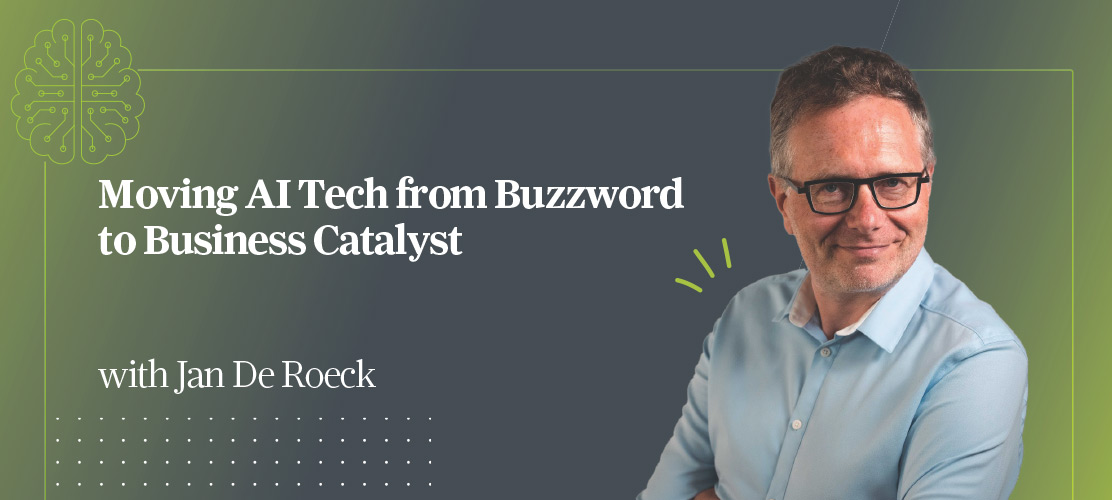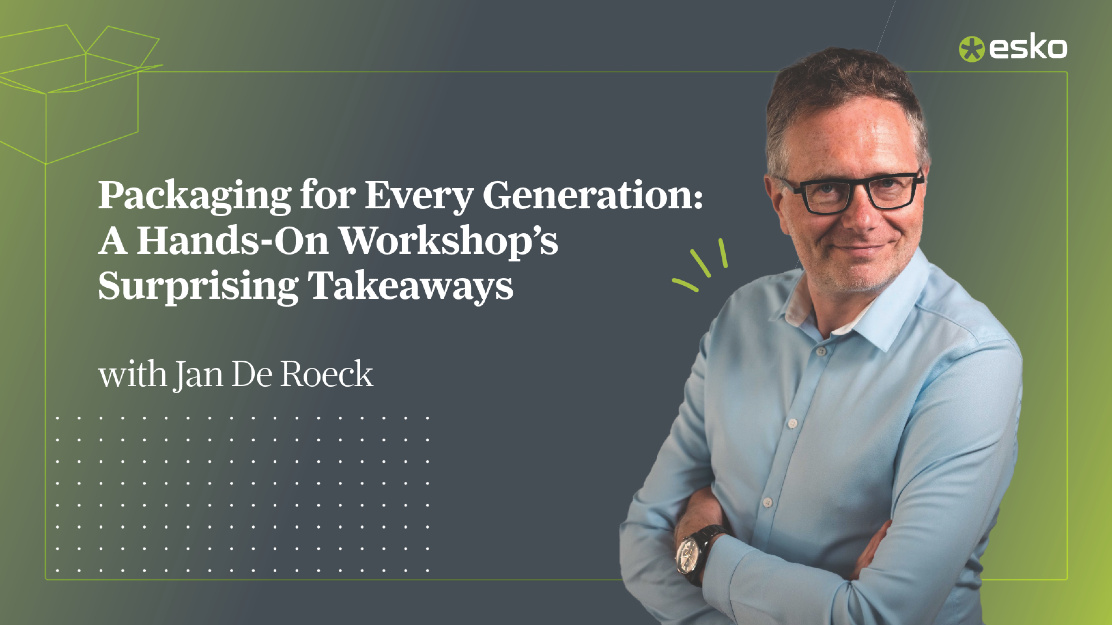
Written by Jan De Roeck
Marketing Director, Esko
Have you noticed this heartwarming trend in your neighborhood? What I’m talking about is neighbors and friends regularly sharing a relaxing evening walk during which they pick up litter and rejuvenate their communities.
This simple yet impactful act of service is proof of a significant evolution in peoples’ perspectives on environmental enhancement and the need for sustainability.
Observing people engaging in a community clean-up with grippers, gloves and waste bags has only strengthened my conviction that sustainability is a pivotal topic in society and, consequently, in the packaging industry.
The fact is these community clean-up groups are proxies for all of us in our roles as consumers and highlight the impact packaging has on daily life.
In our roles as packaging professionals, we must understand the driving forces behind environmental sustainability as an industry-wide concern and how it affects the business.
Setting the Scene
Long before Sustainability and ESG became standard terms in business, engagement to care for our planet brought people together.
Early groups of activists were joined by consumers who were increasingly concerned about environmental issues and demanded more sustainable products.
This movement only received widespread prioritization at the UN Climate Conference in Paris in 2015, where the goal was set to limit global warming to 1.5 degrees Celsius.
Although we’ve surpassed this target, the commitment to reducing carbon emissions remains strong.
Consumer Influence
Today, consumers are not the only driving force behind the sustainability movement. However, like the community clean-up groups above, consumers are the heart of it. They are highly conscious of and better informed about the environmental impact of their purchases.
Packaging, despite contributing only 10-20% of a product’s carbon footprint, is highly visible and often criticized.
Consumers want transparency and assurance that the products they buy are environmentally friendly.
This demand has led to a shift in how retailers and brands approach sustainability through packaging.
Retailer and Brand Response
Retailers and global brands have recognized the competitive advantage of sustainability.
They are setting ambitious targets and creating guidelines for suppliers to ensure their products meet sustainability standards.
For instance, brands like Coca-Cola have made significant commitments to recycling and reducing their environmental impact.
And, although several brands have adjusted their targets downwards in recent months, this push for sustainability continues to extend to packaging suppliers, who are investing in new materials and innovations to meet sustainability demands.
From Greenwashing to Greenhushing
In the past, many companies engaged in greenwashing, making unsubstantiated claims about their sustainability efforts.
However, consumer organizations like the Ellen MacArthur Foundation are holding these companies accountable.
This has led to a shift towards greenhushing, where companies are cautious about making sustainability claims until they are confident they can deliver on them.
Legislative Action
Europe is leading the way in sustainability legislation with initiatives like the European Green Deal and the Packaging and Packaging Waste Regulation (PPWR).
These initiatives, often referred to as a “tsunami of regulations”, aim to reduce carbon emissions, promote a circular economy, and ensure that packaging is recyclable and reusable. In fact, regulatory changes are such a rich topic that you can expect to see more about them in upcoming blogs.
The Extended Producer Responsibility (EPR) shifts the responsibility of recycling and waste management from municipalities to producers, requiring them to pay for the collection and recycling of their products.
Impact on Businesses
Businesses, regardless of the sector they operate in, must now report their carbon emissions and sustainability efforts.
Large brands and converters need to comply with the new regulations and provide detailed information about their products’ sustainability credentials.
This includes reporting on the carbon footprint of their supply chain and ensuring that their packaging meets recyclability standards.
Future Directions
Looking ahead, the focus will be on improving data collection, partnering with start-ups, and integrating sustainability into product design and reporting systems.
The digital product passport, part of the Ecodesign for Sustainable Products Regulation, will play a crucial role in this transformation., will play a crucial role in this transformation.
It will provide detailed information about a product’s environmental impact, helping companies to make informed decisions and meet regulatory requirements.
How can Esko help?
Esko solutions cater to brands, suppliers, and customers, assisting them to enhance sustainability and meet regulatory requirements.
Tools like Cape Prime are ideally suited to optimize transportations logistics and calculate pallet and truck loads. This results in the transportation of as little air as possible, thereby eliminating the need for hundreds of trucks on the road.
Through integrations with third-party carbon footprint data providers like CarbonQuota, Esko supports converters in providing accurate and job-specific emission data to their customers.
Moreover, combining data access with artificial intelligence enables converters to provide quotes for not only the most cost-effective, but also the most environmentally friendly, packaging solutions.
Conclusion
Sustainability is not just a trend; it’s a fundamental shift in how we approach packaging. And it’s a shift that evolved from a pure concern about pollution and protecting our planet to a real business driver.
By embracing sustainability, we not only meet consumer demands but also contribute to a healthier planet and optimize packaging production resources. As packaging professionals, we must stay informed and adapt to these changes.
Let’s work together to navigate this complex landscape and drive positive change in our industry and in society at large.



